Banana Tree
- November 30, 2023
- 1 comment
The banana tree, belonging to the genus Musa, is a fascinating and economically significant plant that graces tropical and subtropical regions with its lush foliage and delicious fruit. Characterized by its large, paddle-shaped leaves and sturdy pseudostem, the banana tree is not a true tree but rather a giant herbaceous plant.
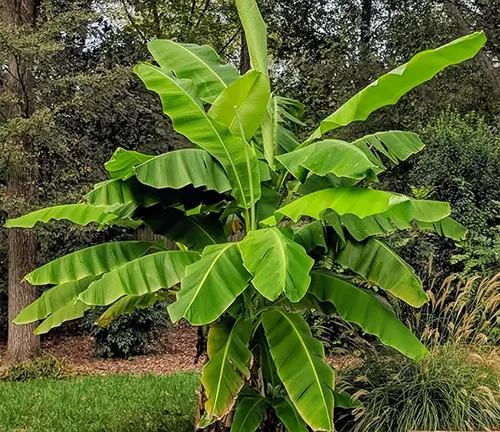
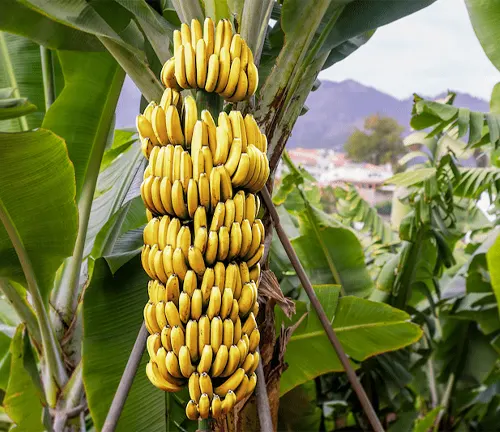
The iconic banana bunch, comprised of individual fingers, emerges from the heart of the plant, gradually maturing into the familiar yellow fruit enjoyed worldwide. Bananas are a staple food for millions, known for their natural sweetness, portability, and versatility. The cultivation of banana trees has deep historical roots, with evidence of their domestication dating back thousands of years.
Beyond their culinary appeal, banana trees play a vital ecological role, providing habitat and sustenance for various fauna. However, they are not without challenges, as the susceptibility to diseases like Panama disease poses threats to global banana production. Despite these obstacles, the enduring popularity of bananas ensures that the banana tree remains an integral part of agricultural landscapes and a symbol of tropical abundance.
| Characteristic | Description |
|---|---|
| Scientific Name | Musa (genus) |
| Common Name | Banana Tree |
| Plant Type | Herbaceous (not a true tree) |
| Height | Typically 10 to 20 feet, but can vary |
| Pseudostem | Thick, sturdy, composed of tightly packed leaf bases |
| Leaves | Large, paddle-shaped |
| Fruit Type | Berry (botanically classified as a berry) |
| Fruit Varieties | Numerous cultivars, including Cavendish, Lady Finger, and more |
| Fruit Color | Varies, commonly yellow when ripe |
| Edible Portion | Fleshy fruit (banana) |
| Nutritional Value | Rich in potassium, vitamins, and dietary fiber |
| Habitat | Tropical and subtropical regions |
| Ecological Importance | Provides habitat and food for various fauna |
| Cultivation History | Domesticated for thousands of years, with origins in Southeast Asia |
| Global Significance | Major agricultural commodities and export |
| Challenges | Susceptibility to diseases, such as Panama disease |
| Symbolism | Iconic tropical plant and symbol of abundance |
| Other Uses | Leaves are used for cooking, packaging, and in some cultures for rituals |
Botanical Beauty of “Banana Tree”
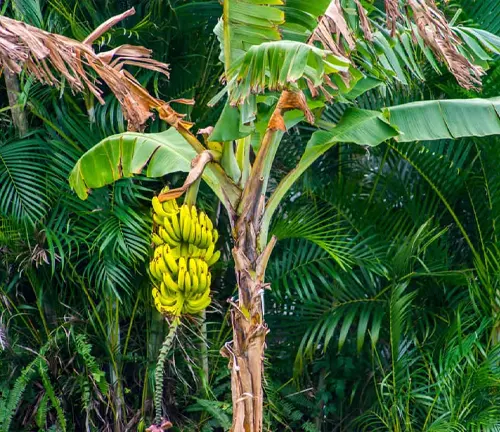
The enchanting world of botanical wonders finds one of its gems in the “Banana Tree,” a plant that captivates with both its graceful form and vibrant greenery. Although technically not a tree but a giant herbaceous plant, the banana tree, belonging to the Musa genus, boasts a unique elegance with its large paddle-shaped leaves and sturdy pseudostem. Its lush appearance and tropical allure make it a favorite in gardens and landscapes, adding a touch of botanical splendor to any environment.
Woodland Elegance
The banana tree, with its tall pseudostem and expansive leaves, exudes a woodland elegance that sets it apart in the realm of plants. The pseudostem, composed of tightly packed leaf bases, imparts a robust yet graceful aesthetic. The large, fan-like leaves, often swaying gently in the breeze, create a mesmerizing display of natural elegance. This woodland charm makes the banana tree not just a bearer of delicious fruit but also a striking ornamental addition to gardens and tropical landscapes.
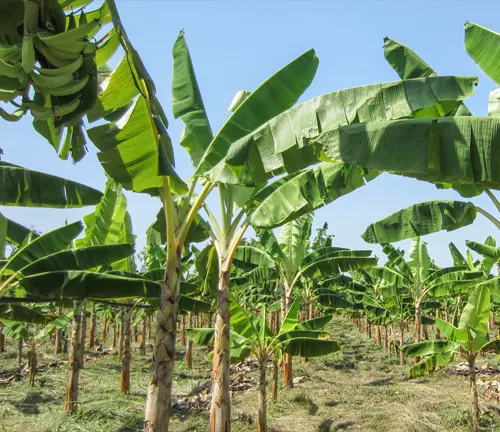
Ecological Importance
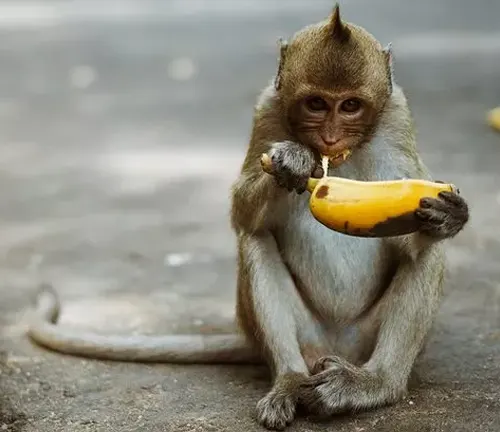
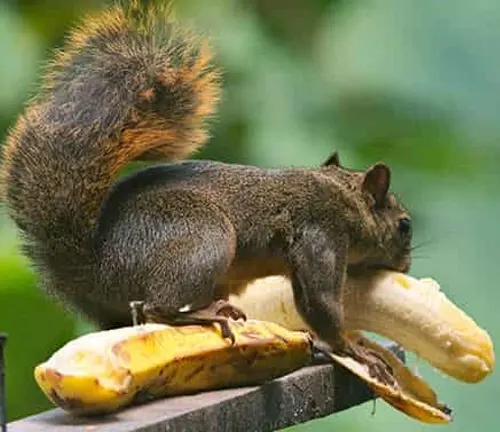
Beyond its aesthetic appeal, the banana tree plays a vital role in the ecosystem, contributing to the biodiversity of tropical and subtropical regions. The large leaves provide shade and shelter for various fauna, creating microhabitats that support a diverse range of wildlife. In addition to offering sustenance to animals, the fallen leaves decompose, enriching the soil and contributing to the nutrient cycle. The banana tree thus stands as a testament to the intricate ecological web in which it is intricately woven.
Cultivation and Conservation
The cultivation of banana trees traces back thousands of years, with evidence of domestication originating in Southeast Asia. Today, banana cultivation is a global enterprise, providing sustenance and livelihoods to communities worldwide. However, the banana industry faces challenges, including the threat of diseases like Panama disease that can devastate banana plantations. Conservation efforts are crucial to preserving the genetic diversity of banana varieties and ensuring the resilience of this iconic plant.

Fragrance
In addition to its visual allure, the banana tree surprises the senses with its subtle yet delightful fragrance. While the fragrance is not as pronounced as that of some flowering plants, the banana tree emanates a distinct, tropical scent. This aromatic presence enhances the overall sensory experience, making encounters with the banana tree not just visually pleasing but also a fragrant journey into the heart of tropical landscapes.
Soil Stabilization
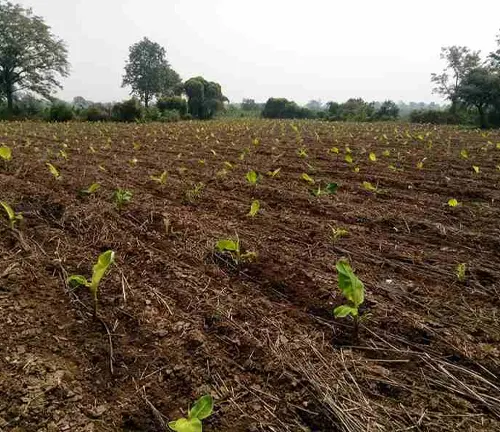
The extensive root system of the banana tree serves a practical purpose beyond anchoring the plant in the soil. It plays a crucial role in soil stabilization, helping to prevent erosion in areas prone to heavy rainfall and tropical storms. This feature underscores the banana tree’s contribution to environmental sustainability and its ability to thrive in diverse and sometimes challenging ecosystems.
Common Uses
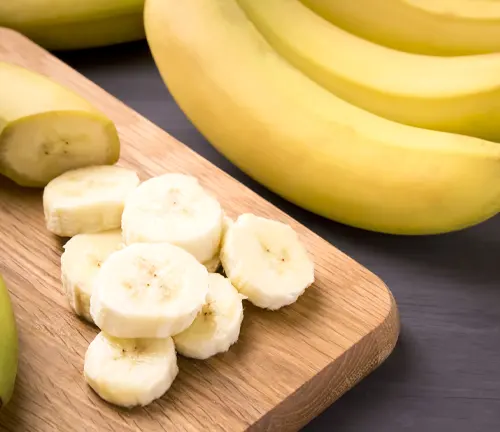
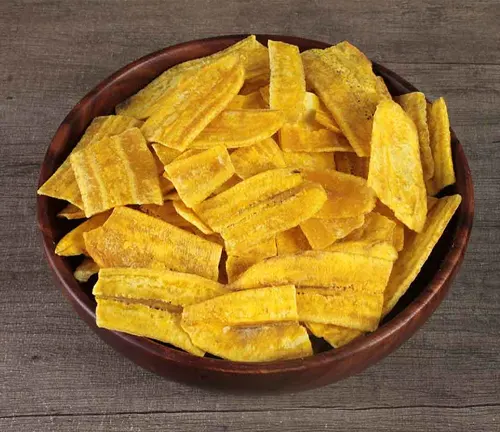
The banana tree is not only valued for its fruit but also for various practical uses. In many cultures, the large leaves serve as natural, biodegradable packaging for food items. Additionally, these leaves are employed in cooking, particularly for steaming or wrapping foods. The banana flower is also a culinary delicacy in some regions. This multi-faceted utility underscores the cultural significance and versatility of the banana tree.
Benefits
From a nutritional standpoint, the banana fruit, a product of the banana tree, is a powerhouse of nutrients. Rich in potassium, vitamins, and dietary fiber, bananas offer a healthy and delicious snack. The potassium content is particularly beneficial for heart health and maintaining proper fluid balance in the body. The accessibility, portability, and natural sweetness of bananas contribute to their popularity as a convenient and nutritious food source globally.
Different Species
Musa acuminata
This species is one of the primary ancestors of the modern cultivated banana (dessert bananas). It includes various cultivars like the popular Cavendish banana, known for its sweet flavor and widespread commercial production.
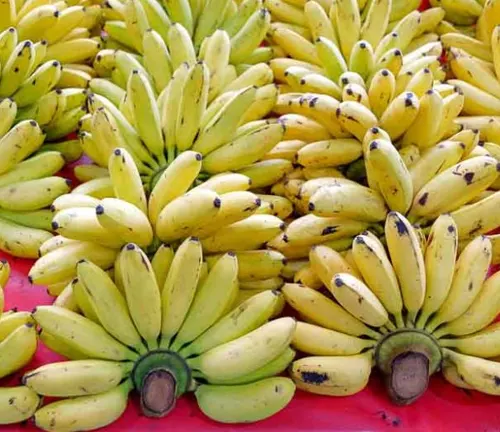
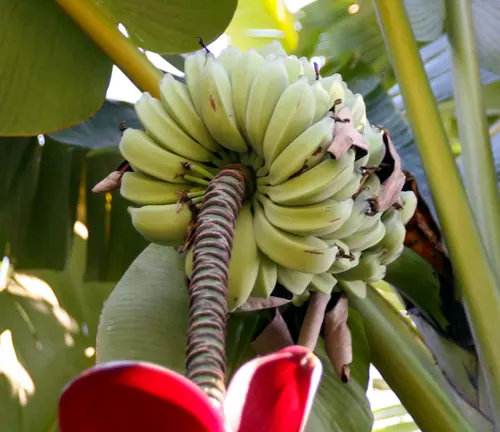
Musa balbisiana
Another important ancestor of cultivated bananas, Musa balbisiana, contributes to the genetic makeup of many hybrid varieties. Unlike the Musa acuminata, the fruit of Musa balbisiana is generally starchy and less sweet.
Musa paradisiaca
Commonly known as the plantain, Musa paradisiaca is a type of cooking banana. Plantains are larger and starchier than dessert bananas, often used in savory dishes in many tropical regions.

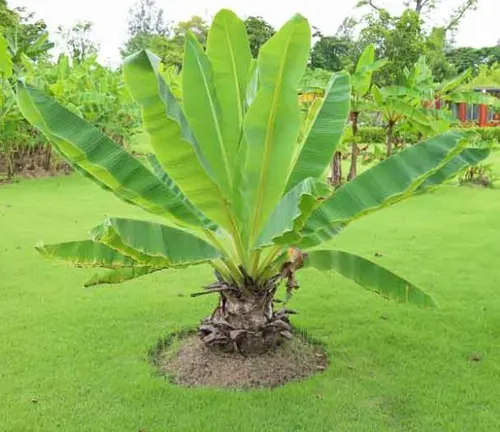
Musa ornata
This species is primarily grown for its ornamental value. The ornata banana tree features striking pink or red markings on its leaves, adding a decorative touch to gardens and landscapes.
Musa velutina
Also known as the pink banana, Musa velutina produces small, pink-skinned bananas with a sweet taste. It is often grown for its ornamental value as well.
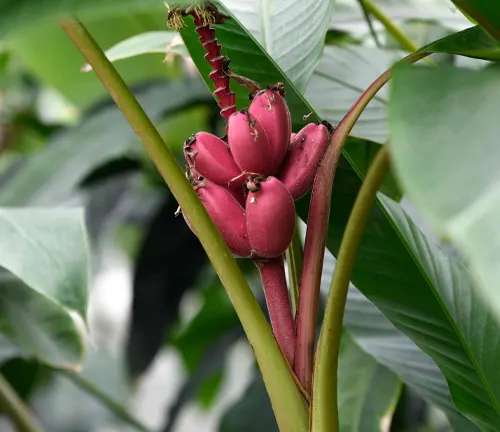
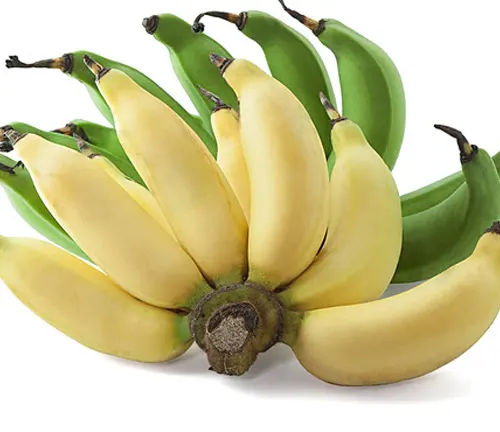
Musa sapientum
This term is sometimes used to refer to cultivated dessert bananas, including the commonly consumed varieties like Cavendish and Gros Michel.
Musa ‘Ice Cream’
(Blue Java)
This cultivar is notable for its unique, silvery-blue fruit that has a flavor and texture often likened to vanilla ice cream. It is resistant to certain pests and diseases.
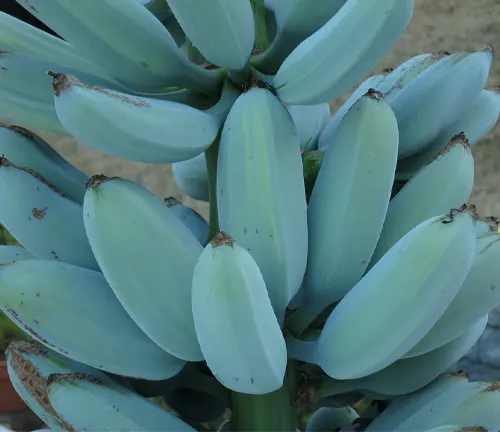
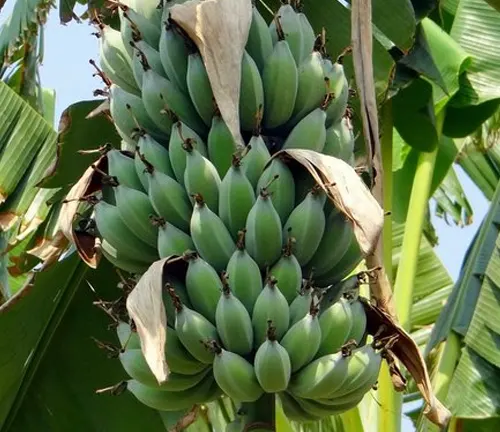
Musa ‘Lady Finger’
Also known as ‘Sucrier’ or ‘Thumb,’ this cultivar produces small, sweet bananas with a slender, finger-like shape.
Musa ‘Red Dacca’
Recognized for its reddish skin, this cultivar is often grown in tropical regions and is favored for its sweet taste.
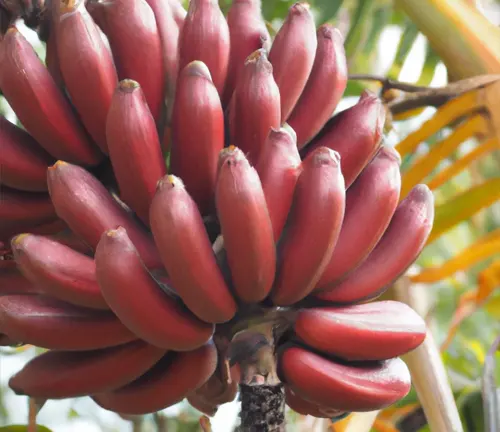
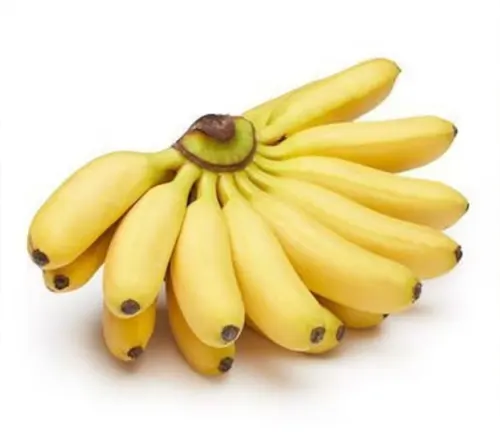
Musa ‘Apple Banana’
Known for its distinct apple-like flavor, this cultivar is smaller than traditional bananas and is a popular choice for snacking.
Frequently Asked Questions (FAQs)
1. What is a banana tree?
A banana tree is a large herbaceous plant belonging to the genus Musa. Despite the name, it is not a true tree but rather a giant herbaceous plant with a sturdy pseudostem.
2. Where do banana trees grow?
Banana trees thrive in tropical and subtropical regions with warm temperatures and high humidity. They are cultivated in many countries around the equator.
3. How tall do banana trees grow?
Banana trees can vary in height, but they typically range from 10 to 20 feet. Some species and cultivars may grow even taller.
4. Are bananas trees or bushes?
Banana plants are technically large herbaceous plants, not trees or bushes. The pseudostem gives the appearance of a tree trunk, but it is not woody.
5. How long does it take for a banana tree to produce fruit?
The time it takes for a banana tree to produce fruit varies. Generally, it takes about 9 to 12 months for the banana bunch to mature after the plant has flowered.
6. What are the different varieties of bananas?
There are numerous varieties of bananas, including dessert bananas like Cavendish and plantains used for cooking. Other varieties include Lady Finger, Red Dacca, and the Blue Java banana.
7. How do you care for a banana tree?
Banana trees require well-draining soil, regular watering, and a sunny location. They benefit from fertilizer, and it’s essential to protect them from strong winds.
8. Can banana trees grow in pots?
Yes, certain dwarf and container-friendly banana varieties can be grown in pots. However, they still require proper care and attention to thrive.
9. Why do banana trees have large leaves?
The large leaves of banana trees, often referred to as blades, serve multiple functions. They play a role in photosynthesis, provide shade, and protect the fruit from harsh sunlight.
10. Are banana trees affected by diseases?
Yes, banana trees can be susceptible to diseases, with Panama disease being one of the most notable. This fungal disease can have a significant impact on banana plantations.
11. Can you eat banana flowers?
Yes, banana flowers are edible and are used in various cuisines. They are often used in salads, curries, and other dishes.
12. How are bananas harvested?
Bananas are typically harvested when the fruit is mature but still green. The entire bunch is cut from the tree, and the bananas continue to ripen after harvesting.
13. What is the economic importance of banana cultivation?
Bananas are a major agricultural commodity and contribute significantly to the economies of many tropical countries. They are one of the most consumed fruits globally.
14. Are there any environmental concerns related to banana cultivation?
Yes, there are concerns related to the environmental impact of banana cultivation, including deforestation, pesticide use, and vulnerability to diseases.


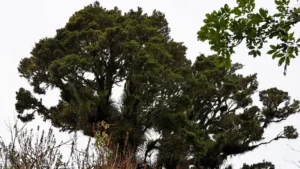
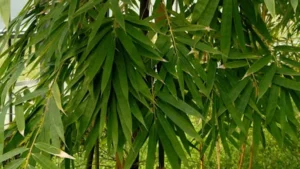
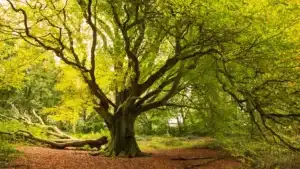
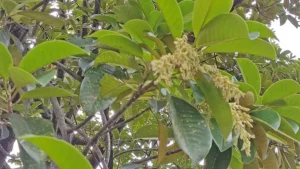
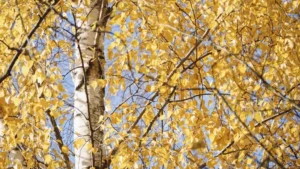
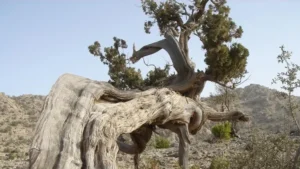
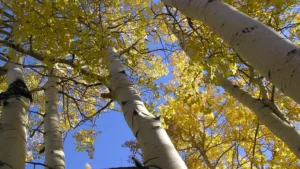
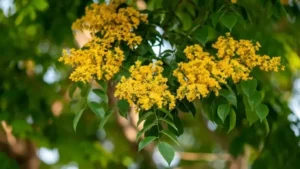
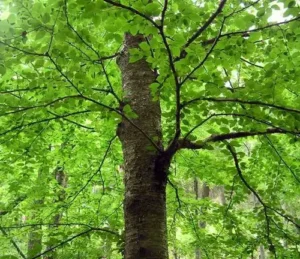
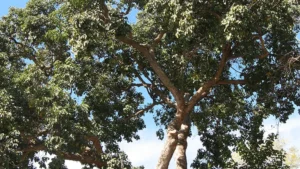
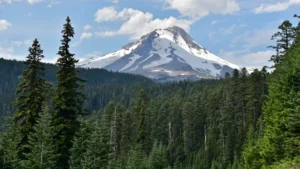
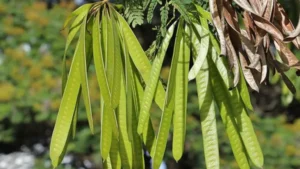
Please
Dinh Tran
February 24, 2024 5:30 am